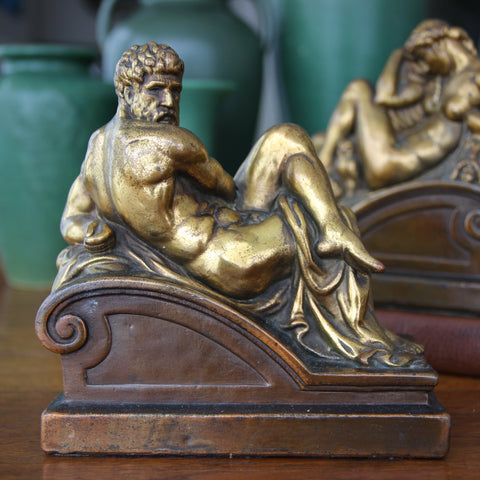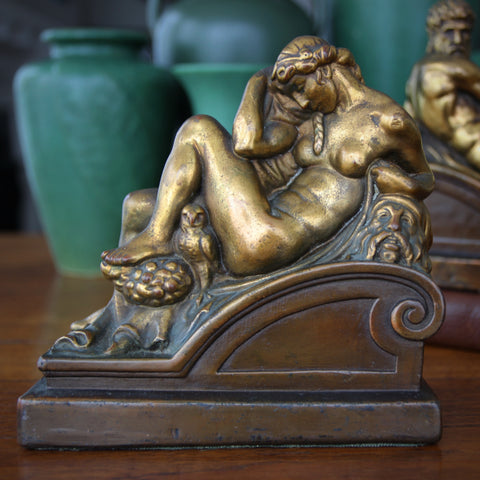When it comes to the arts, I love it all: painting, music, cinema, literature. Fine arts, performing arts, decorative arts. But, of all these disciplines, I think that sculpting will always be my favorite—especially the sculpting of stone. What art-creation could be more difficult, more physically taxing to produce? How does an artist "release" a perfect, delicate work from within the confines of its constricting material? To stand before a magnificent marble sculpture—a cold, dead piece of stone transfigured into a living, breathing human resemblance—is glorious to me. And The Master of All Sculpting is certainly Michelangelo Buonarroti.
Michelangelo was a Florentine—born in just the right place at just the right time. Florence, circa 1500, was Ground Zero of the Italian Renaissance—perhaps the greatest flowering of art work in the history of the world. And, perhaps, Michelangelo is the greatest artist in the history of the world. He certainly had rich and powerful patrons: popes, princes, bankers, aristocrats. And these connoisseurs certainly kept him busy.
In his "early life," Michelangelo's grand patron was the Medici Family—the richest family in Europe. The Medici began their climb in the textiles and woolens trade. Things really escalated when they opened their bank. The Medici were amongst the handful of Italian families who financed—spurred onwards—the Italian Renaissance (in part by funding the works of the Renaissance artists).
When a rich person dies—as we all must do—he wants to make sure that no one ever forgets him. A tomb (a grand tomb!) is in order. Who better than Michelangelo to carve the marble figures?
Giuliano de'Medici (who co-ruled Florence with his brother, Lorenzo) was assassinated in 1478. He would be buried in the family's Medici Chapel, designed by Michelangelo, in the "New Sacristy" of the Basilica di San Lorenzo. Giuliano's son, Pope Clement VII, commissioned the tomb in 1520. The tomb is composed of a handsome sarcophagus, atop which one male and one female figure ("Day" and "Night," respectively) recline elegantly. Above the pair, a highly-idealized sculpture of Giuliano (presented as a strapping Roman emperor, in full battle dress) presides over the scene. It was designed and carved by Michelangelo between 1520 and 1534 (at which point he left for Rome and instructed his trusted assistants to complete the finishing details).
The male figure, awake (despite his Mannerist contortion), represents "Day." His companion, a sleeping woman, represents "Night"—and an owl perches under the crook of her bent leg.
The bookends shown above, bronze-clad and patinated in dark bronze and golden bronze, honor the Master's work. When the bookends were made, in the 1920's, educated people likely would have been familiar with this sculptural pair. During Nineteenth Century "Grand Tours" of Europe, well-heeled tourists might purchase a pair of bronze replicas of these Michelangelo sculptures (appropriately scaled-down to fit upon their mantelpiece at home). Bookends like these might have been purchased by art lovers—or by those who might never make it to Florence to see the works in-person.
Click on the photo above to learn more about these handsome bookends.
Though our Greenwich Village store is now permanently closed, LEO Design is still alive and well! Please visit our on-line store where we continue to sell Handsome Gifts (www.LEOdesignNYC.com).
We also can be found in Canonsburg, Pennsylvania, at The Antique Center of Strabane (www.antiquecenterofstrabane.com).
Or call to arrange to visit our Pittsburgh showroom (by private appointment only). 917-446-4248



